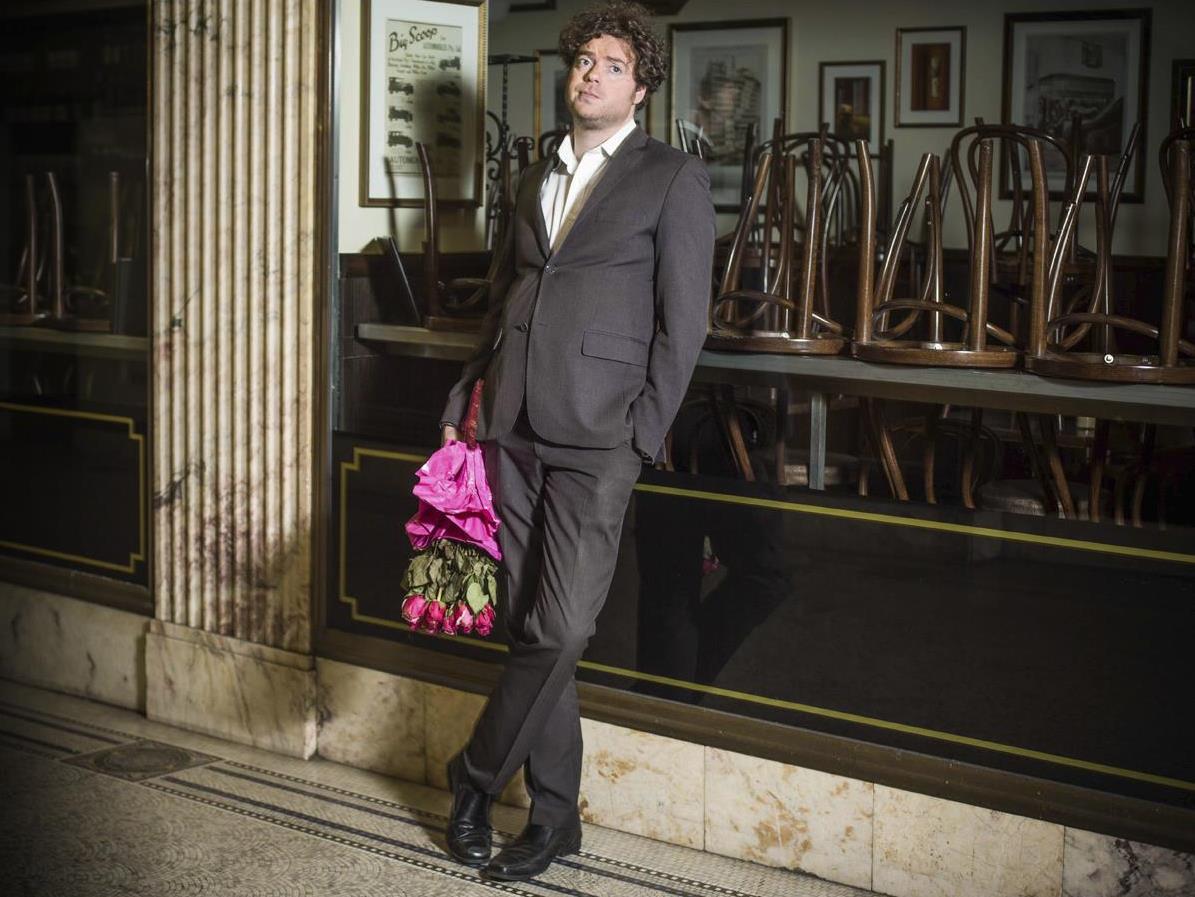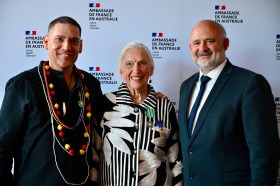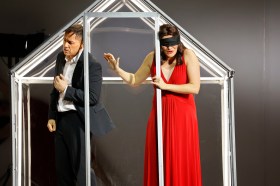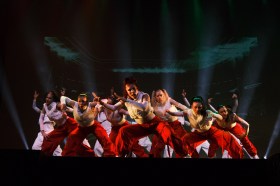Image: www.melbournefringe.com.au
In My Laughable Love Life, adorably dorky John Nelder puts himself in the spotlight as a hopeless romantic who is in love with a Miss World contestant. Our protagonist’s obsession with Miss County Fair USA plays out in this one-man show that showcases the highs and lows of dating in the modern world.
The story unfolds in Las Vegas, where Nelder finds himself in the middle of the Miss World pageant after being ejected from a Shoe Alliance conference when the unveiling of his ‘Déjà Vu Shoe’ invention doesn’t quite go to plan. Nelder wins a date with Miss County Fair USA and proceeds to royally mess up his once in a lifetime chance to romance a celebrity.
Nelder is the epitome of the disaster dater, bringing up his malfunctioning dual-flush toilet at inopportune moments and otherwise repulsing any would-be lovers. Predictably, Miss County Fair USA has no interest in our hero, and this brief but entertaining Fringe show recounts the story with the help of a few nicely-penned karaoke tunes. Nelder plays the clueless dater with panache, presenting a little like Dylan Moran’s Bernard Black on prozac.
A particular highlight is when Nelder takes himself on a date with himself, to ascertain whether he needs to work on his dating style. The verdict: no, he’s pretty much the perfect gentleman, so much so that he even orders ‘garlic bread for two’ on his date for one. The ensuing punch up between himself and himself is worthy of applause. In another high point, Nelder describes a speed dating experience as though he were a horseracing commentator… a comedic touch of genius.
The audience finds plenty to connect with and these dating disaster moments clearly hit a chord. Our performer keeps the audience in laughs throughout and it’s a pleasant evening in an intimate and cosy venue. The karaoke numbers are cute and while possibly unnecessary, add to the quirk of the performance. Nelder’s spectacular white keyboard guitar deserves a mention, as do his honey-tinged vocals.
While our protagonist exposes himself to all sorts of embarrassing situations, one can’t help but think that there are plenty of love lives out there that are far more ‘laughable.’ On the spectrum of ridiculous tales of unrequited love, this one is pretty tame.
All in all, it’s an entertaining show and clearly the punters agree. My Laughable Love Life is playing several sold out performances during its run at the Melbourne Fringe Festival.
Rating: 3 stars out of 5
My Laughable Love Life
Written and performed by: John Nelder
Directed by: Eddy Segal
Melbourne Fringe Festival
The Butterfly Club
Until 20 September






